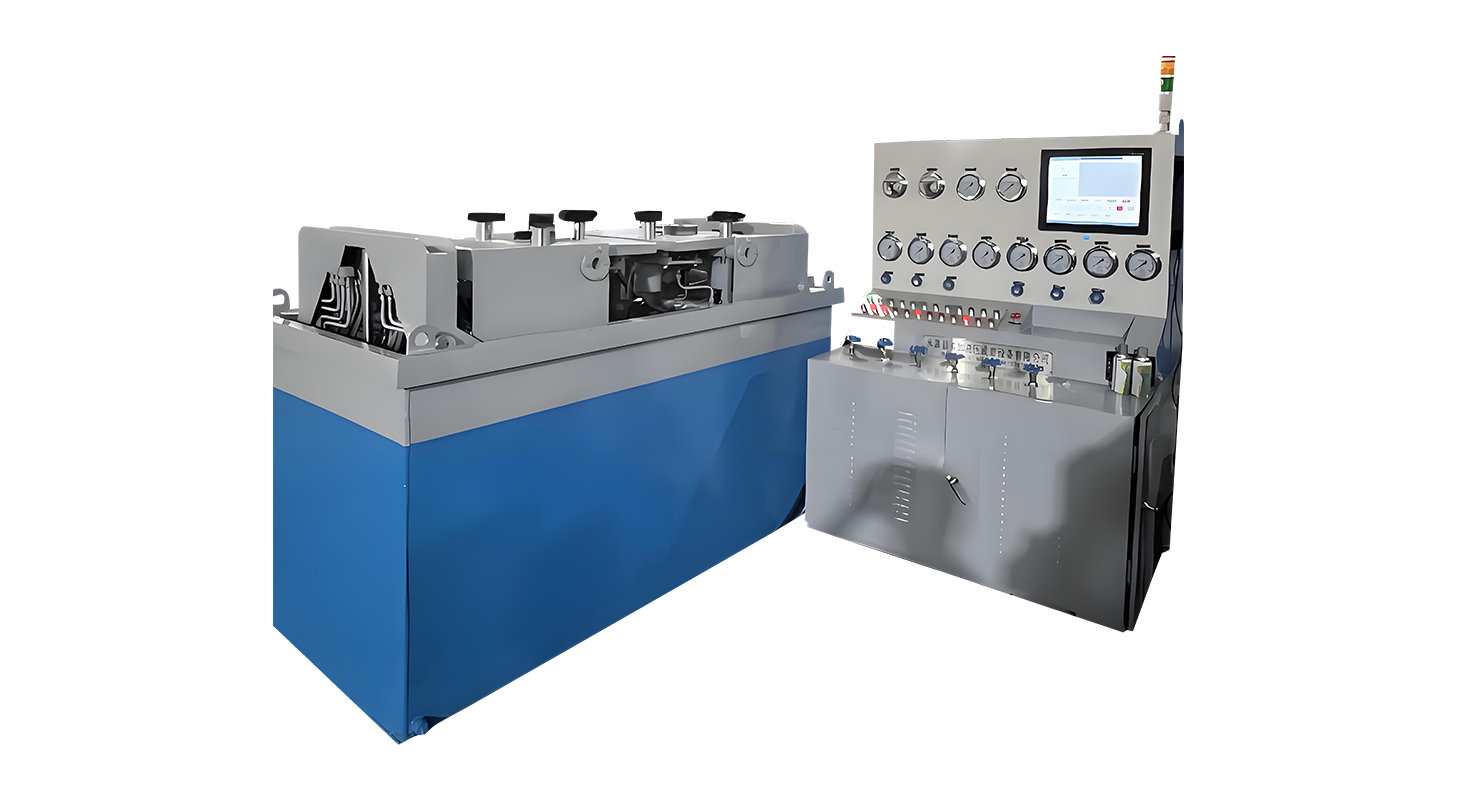Jun 25, 2025
Hydrostatic valve testing is a critical procedure used to ensure the integrity and reliability of valves in various industrial applications. The process involves subjecting the valve to high-pressure water to check for leaks, strength, and durability. While hydrostatic testing is widely accepted as a reliable method, it requires strict adherence to safety precautions to protect personnel and equipment. This article discusses key safety considerations during hydrostatic valve testing, with a focus on hydrostatic test valves and the valve back seat test.

Understanding Hydrostatic Test Valve Procedures
Hydrostatic testing uses water or other incompressible fluids to pressurize the valve body and seals to predetermined levels. This helps identify defects such as cracks, leaks, or weaknesses that could compromise valve performance during operation. The hydrostatic test valve is specifically designed or selected to safely handle this pressurization process. It must be compatible with the testing equipment and capable of withstanding the pressure without damage.
Before starting the hydrostatic test, it is essential to ensure the valve and test bench are in good condition and properly connected. All pressure gauges, relief valves, and sealing components should be inspected for functionality. Improper setup can advance to inaccurate results or hazardous situations during testing.
Valve Back Seat Test and Its Significance
One common part of valve testing is the valve back seat test. This test verifies the sealing capability of the valve stem or bonnet when the valve is fully open. The back seat is a secondary sealing mechanism designed to prevent leakage around the valve stem during full opening, allowing safe maintenance or stem replacement without depressurizing the pipeline.
During hydrostatic testing, the valve back seat test is conducted by pressurizing the valve with the stem fully open and monitoring for any leakage. Detecting leaks at the back seat can indicate issues such as worn packing, damaged seals, or improper assembly, which need to be addressed before the valve is put into service.
Key Safety Precautions to Follow
Personnel Training and Protective Equipment
Only trained and authorized personnel should conduct hydrostatic valve testing. Operators must understand the testing procedures, potential hazards, and emergency protocols. Wearing appropriate personal protective equipment (PPE) — including safety goggles, gloves, and protective clothing — is necessary to protect against high-pressure fluid releases or accidental spray.
Secure Test Area
The testing area should be clearly marked and restricted to authorized personnel. Ensure there are no loose objects or materials that could become projectiles in case of equipment failure. Adequate drainage is required to manage test fluids safely.
Pressure Limits and Control
Adhering to the specified pressure limits for both the hydrostatic test valve and the valve under test is crucial. Exceeding pressure ratings can cause equipment rupture or valve failure. Pressure should be increased gradually, with close monitoring to detect sudden pressure drops or irregularities indicating leaks or failures.
Valve Positioning and Isolation
Before testing, ensure the valve is positioned correctly according to the test requirements. For the valve back seat test, the valve stem must be fully open. The test setup should isolate the valve section from the rest of the system to prevent unintended pressurization elsewhere.
Use of Appropriate Test Fluids
Water is the preferred fluid for hydrostatic testing due to its incompressibility and availability. Avoid using compressible fluids like air, which pose higher risks if a rupture occurs. The test fluid should be clean and free from debris to avoid damaging valve components.
Emergency Procedures
Establish clear emergency shutdown procedures in case of equipment malfunction or sudden failure during testing. Pressure relief valves and quick-release mechanisms should be functional and accessible.
Post-Test Inspection and Documentation
After completing the hydrostatic test valve procedures and valve back seat test, depressurize the system slowly and carefully. Inspect the valve for any signs of damage or leakage. Document the test results thoroughly for quality assurance and future reference.
Hydrostatic valve testing is an essential step to verify valve integrity before installation or maintenance. By following strict safety precautions, operators can less risks associated with pressurizing valves and conducting valve back seat tests. Ensuring proper setup, using suitable equipment like hydrostatic test valves, and maintaining vigilant monitoring throughout the process helps maintain safe working conditions and reliable valve performance.